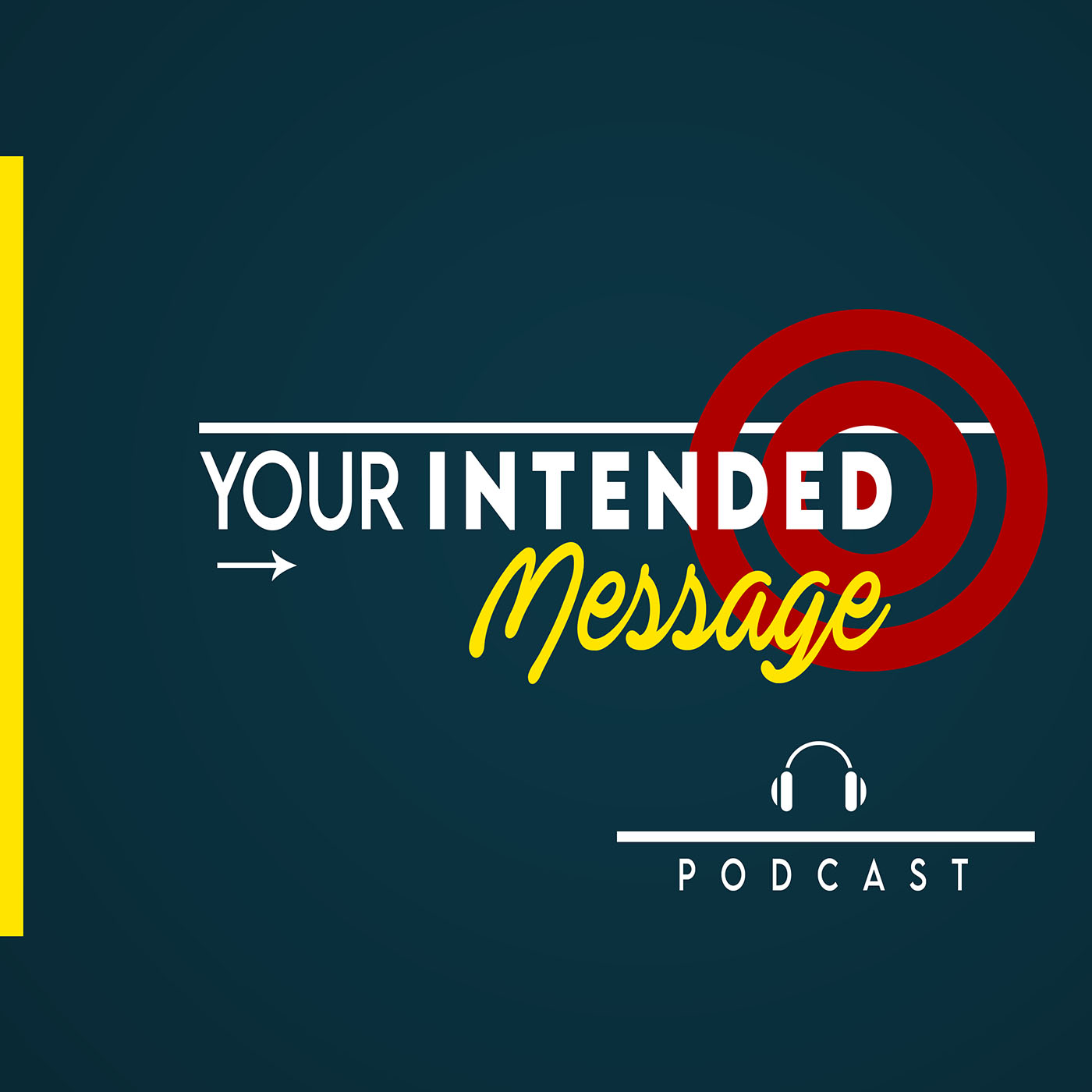
Episode 189 (Anthony is based in Vancouver, BC)
In this conversation with Anthony Taylor we explore:
About our guest Anthony Taylor:
Anthony is the CEO of SEM Strategy, which facilitates strategic planning for SME companies and non-profits.
Learn more about Anthony and the services of his company here
-----
Excerpts from this conversation with Anthony Taylor:
Anthony, as we prepare to wrap up, if you could sit down with a business leader, who's planning to have a how redoing type meeting, you know, let's review. We put together the strategy last year, and it's time for him to get him or her to get together with their team.
And if you could give them one, two or three pieces of advice going into this meeting to make this meeting more effective checking in, how are we doing? What, one, two or three pieces of advice would you offer?
Just before I do, I just want to say thank you for having me on that your intended message podcast. It's been super fun. I love this conversation.
And so for leaders that are about to get into how we're doing meeting, and a couple kind of best practices, I think one is focus on creating a safe space with your team.
Okay, and when we say safe, you know, we can't say necessarily psychological safe, we tried to talk about accountable, but really have the intention clear, you know, we're trying to focus on the process versus the people.
So if you can kind of separate the individuals from the outcomes and just say, hey, the purpose is to look at the outcome. And I'll give you the agenda is what did we do well, and what didn't we do well, and focus not on who did it or who didn't do it.
Look, as a company, you'll have everybody more willing to discuss criticism and challenges and that kind of thing. So focus on process versus people. Number two, is create the framework for like, why are we doing this? You know, we're doing this review, so that we can move forward to that next level.
And so if everybody is clear about what the next level is, then they'll recognize kind of what's at stake for doing the review. And the way that I say it a different way or way to reframe it is the work that we put in is a function of our goals.
If we have small goals, it'll be Don't we have to do less work for it. It's less challenging. So if we have big ambitious goals, then we need to do big ambitious work to get there. So it kind of helps you overcome those challenges. So one process and people to have something big at stake. And if there's a third one, just make it fun. team's got to be out, you know, sometimes it's stressful.
They have to be out of work. It's psychologically heavy work. You know, just make it enjoyable. Say, Hey, we love our jobs. We'd like to work we do, hopefully, like your job. And saying, like, Let's just enjoy today. It doesn't need to be doom and gloom. Let's take the opportunity to celebrate all of the good things that happened in the year.
And then you'll say, Wow, we actually accomplished more than we thought. Most people just focus on the negative versus looking at like, hey, the only reason we have as much negative bad stuff as much stuff we didn't do is because we did so much they built the next level that's more challenging.
That's just levels. So if you can get your team doing that, and focus on continually improving, focusing on the process and having something bigger at stake, you'll have a great meeting, and your team will be even more aligned than before.
-----
----more----
In these interviews we will explore presentation skills, public speaking, conversation, persuasion, negotiation, sales conversations, marketing, team meetings, social media, branding, self talk and more.
Your host is George Torok
George is a specialist in communication skills. Especially presentation. He’s fascinated by the links between communication and influencing behaviors. He delivers training and coaching programs to help leaders and promising professionals deliver the intended message for greater success.
Connect with George
www.SpeechCoachforExecutives.com
https://www.linkedin.com/in/georgetorokpresentations/
https://www.youtube.com/user/presentationskills
https://www.instagram.com/georgetorok/

 12 Communication Lessons from David Copperfield
How David Copperfield Creates Belief
What a Master Illustionist Taught Me about
12 Communication Lessons from David Copperfield
How David Copperfield Creates Belief
What a Master Illustionist Taught Me about
 Listening vs Hearing, The Leadership Advantage: Julian Treasure
The Missing Leadership Skill: How to listen for Real Results
Listening for Opppo
Listening vs Hearing, The Leadership Advantage: Julian Treasure
The Missing Leadership Skill: How to listen for Real Results
Listening for Opppo
 From Rock Bottom to Millionaire: David Price
Communication, Recovery, and Massive Action
Massive Success Requires Massive Act
From Rock Bottom to Millionaire: David Price
Communication, Recovery, and Massive Action
Massive Success Requires Massive Act
 Why Servant Leaders Win: Gary Ridge
The Donkey Leadership Mindset Every Leader Needs
From "I Don't Know: to Great Le
Why Servant Leaders Win: Gary Ridge
The Donkey Leadership Mindset Every Leader Needs
From "I Don't Know: to Great Le